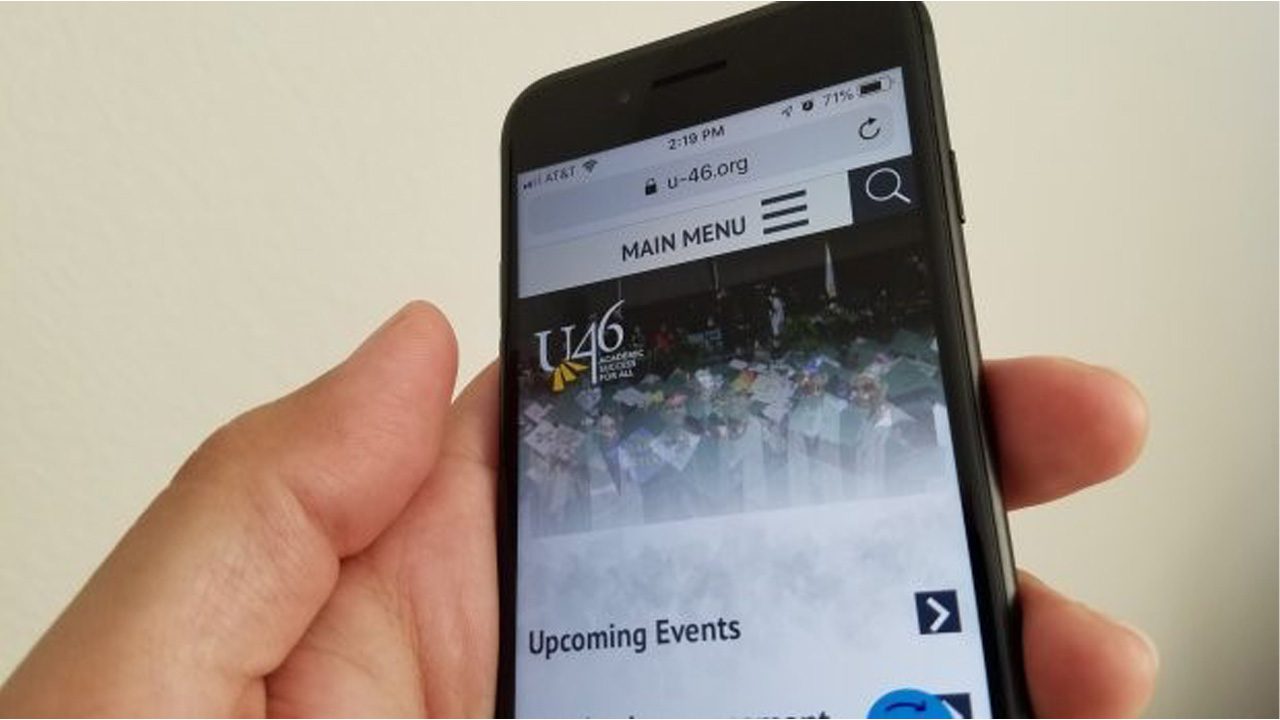Banning cellphones in school is easy, right? Why that’s debatable.
Orlando Sentinel | By Jeffrey S. Solochek | March 12, 2024
LARGO — When she first proposed cellphone restrictions for Pinellas County students last summer, school board Chairperson Laura Hine had little doubt in her mind.
She was all in for a bell-to-bell ban from kindergarten through senior year.
As officials delved into the details, though, it became clear that easy sounding approaches often come with complications. That’s especially true for Florida school districts, which tend to be large, serving tens of thousands of families with varying expectations.
“You have to come up with something that is realistic and able to be managed,” Hine said after a recent workshop, where she and her colleagues discussed a recommended policy that did not match her early ideas.
“I’ve evolved with it,” she said.
During their hourlong discussion, board members and administrators found that even the smallest details require careful consideration of all the possible repercussions that might send a well-intended policy awry.
Take, for example, the issue of whether high school students may use headphones and earbuds with their devices while shifting between classes. The draft proposal would not allow it.
Board member Stephanie Meyer questioned why the district would want to let teens use their phones during passing periods, but not their earbuds. Why not permit both? Or perhaps prohibit both?
“My concern is just thinking about the instructional time. We have a very small amount of time to pass between classes,” Meyer said.
Area Superintendent Dywayne Hinds, who oversees code of conduct revisions, explained that the proposal arose as a compromise after taking into account myriad viewpoints.
The idea of not allowing phones during passing periods was a nonstarter, Hinds said, because so many students use them to check messages from parents, employers and others throughout the day. Taking them away could lead to a surge of students coming to class late or asking to use the bathroom during class, he said.
Allowing quick access to phones while walking the halls to their next class eliminates much of that demand, Hinds said. It also takes into account school teacher and administrator concerns about having to police phones during those short passing times.
Headphones in the hallways pose a separate problem, Hinds added.
Students need to hear what’s going on around them, he explained, including any alarms that might arise. The state commission on school security has advised schools to place limits on headphones for that reason.
The schools also want to avoid daily dealings with students who wear earphones in the hallways then take time to remove them — or keep them on but hidden — once lessons resume, Superintendent Kevin Hendrick said.
No one wants the technology to disrupt lessons, Hendrick said. That’s the point of requiring them to be off and out of sight during classes.
All these angles come into consideration when crafting a plan for the few minutes kids are walking from classroom to classroom, Hinds said. “We were trying to find a delicate balance in that process.”
Equally complicated is the seemingly simple concept of what it means to have a device in “silent mode.”
For instance, the policy would require elementary and middle school students to keep their phones in “off position” from bell to bell, and to use them after school. At the same time, they would be allowed to keep smartwatches on in silent mode.
High school students would be permitted to keep their phones in silent mode or off.
Questions arose about the reason for the difference.
Hinds explained that many elementary parents use smartwatches to keep track of where their children are. That can’t happen if the watches are not on, he noted, adding that schools have not reported major problems of misuse.
By contrast, the proposal to keep phones off mirrors current practice in several elementary and middle schools, and the district does not want to create added confusion with changes, Hinds said.
Board member Caprice Edmond observed that the policy defines what “off position” means, but does not include a definition for “silent mode.” She and others said it would be important to clarify that silent is not the same as vibrate, which can be as distracting to students as having the ringer on.
Several aspects of the proposal involve similar close looks from multiple perspectives.
These include discussions about the big picture, such as whether to implement an outright ban for all grade levels. Board member Dawn Peters said she preferred that approach, suggesting students will adapt after a period of grumbling.
“I don’t think that school is a place where they need to be on their phones,” Peters said, citing Orange County schools as an example.
Maybe not, Hinds said, but talks with Orange County educators have revealed that behind the public story of success is the private struggle to make it work: “It is a fight in their schools, consistently,” he said.
Having teachers and administrators buy in is critical, board Vice Chairperson Carol Cook said.
“I think this is a good policy,” Cook said. “The piece that will cause it not to work is if teachers do not implement it.”
Setting consequences for violations is another tough provision, Hendrick noted, as situations can vary.
Hine suggested the need for varying levels of penalties for students who refuse to put away phones, compared to those who use phones for malicious reasons.
Hendrick asked for more time before presenting a proposal on the penalties. Consistent enforcement will be critical, he said.
The reason it’s taking so long to come up with recommendations is because of all the twists that come up with each conversation that’s taken place over six months, Hendrick added.
“It’s not perfect. It’s not going to be perfect,” he said of the overall proposal. “But it’s our best recommendation based on all the feedback.”






